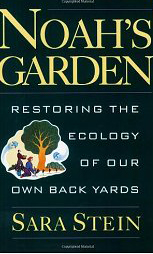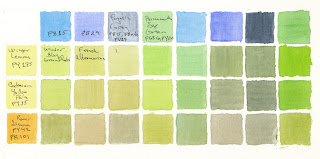I figured I'd play with color today. I cracked an egg and sanded a board... and then thought that a bit of color exploration with Munsell chips would be fun. Sidetracked again.
This series of chips is from the 5Y chart. Isn't this fascinating? These colors give me a sense of green. Low chroma yellow displays as muted greens! I remember this happening in my Zorn palette explorations when I mixed yellow ochre and vine black and got these kind of greens.
Okay, so the general hue and chroma has been established. (These first two columns of the 5Y chart are chroma 2 and 4 respectively.) What's the value? Squint. I see it somewhere between 5 and 6.
The dried rose petals are a complex myriad of colors, never mind the iridescence that adds richness. (Can I capture that in egg tempera?)
There are some low values here that seem to fit into this range of chips.
Here's a look at the overall 5RP chart. Isn't it amazing the range available with just this hue?
It would probably be fair to wonder just what it is that I am up to. I don't expect to be running around holding Munsell chips up to everything in sight (although I will from time to time do just that). I think that exercises like these open up my color experience and also get me thinking about tonal value.
I've been reading up a good deal on using Munsell with oils. In fact, I have just a very few tubes on the way for some beginner tonal exercises. But it seems clear to me that egg tempera is a special case, being of so many layers. I mean, it's not like mixing a string of values with the same hue and chroma, perhaps useful for turning form. Well, maybe I could mix something like that with egg tempera, but I'd still want the layers.
So you see, I'm somehow plotting my course, with as many questions as answers. And that may never change.


















































